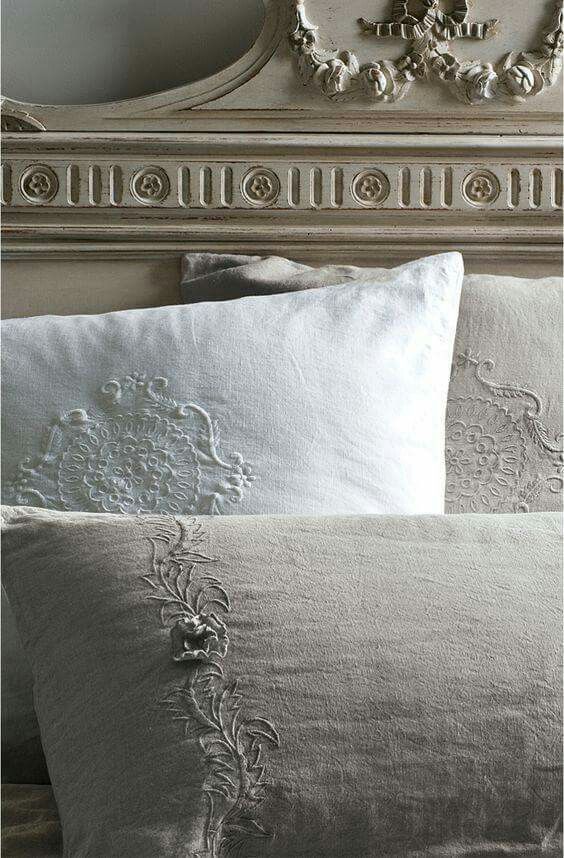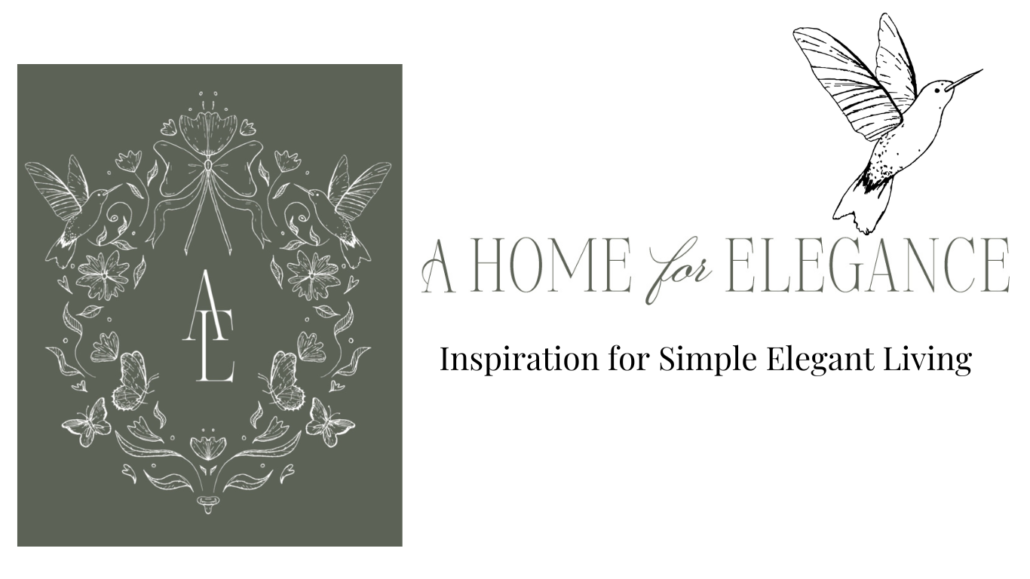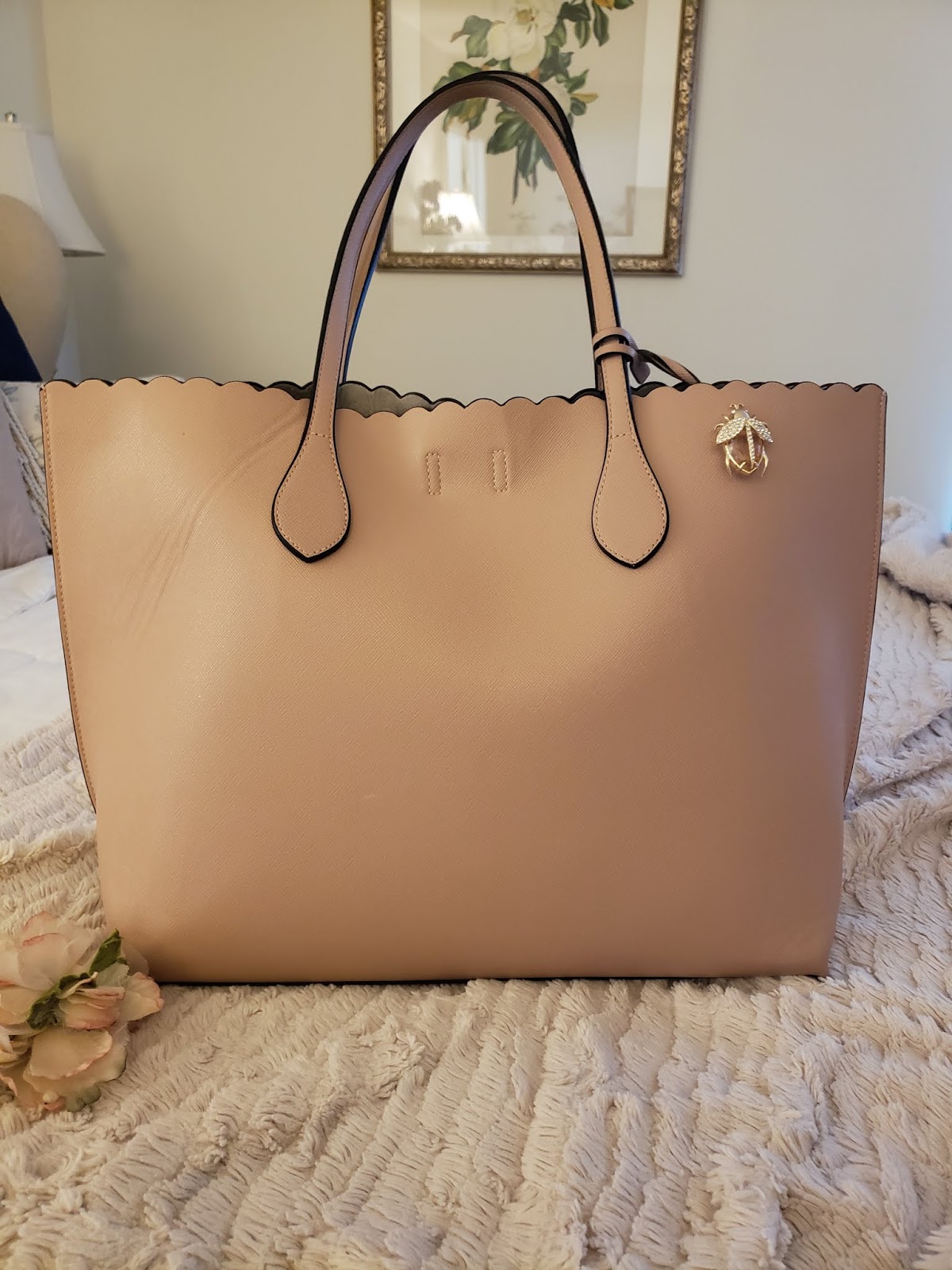Learning about French Linens
Earlier last month another favorite author and blogger that I admire wrote a blog post about french linens. She just recently returned from her MONTH long trip to France! Gosh, I was foaming at the mouth while following her on Instagram looking at all of her pictures and watching her videos.
What a dream! She also got to stay with the wonderful Sharon Santoni (another great author and blogger) at her swoon worthy chateau in Normandy. But let’s get back on track with french linens.
This was an outstanding post! So informative and enticing.

One thing that I learned was that it is environmentally friendly. Linen is biodegradable. That’s interesting.

Shannon talked about how hypo allergenic it is, that it lasts longer than cotton (good to know), is stronger than cotton, get’s softer with each wash, and is extremely absorbent. Great facts!

Shannon also gave a wonderful list on tips on how to care for your linens:
Tips About Buying & Caring for Linen
- If purchasing vintage linen, make sure you open the entire sheet to see if there are holes or marks. Often the marks can come out, but you will either want to determine if you can darn (fix) the holes or pass on the sheet as it will only get worse with wear and wash.
- Vintage sheets are usually only large enough for a queen or double. If you find a sheet that has a seam down the middle, this is absolutely fine as it shows that they combined (usually hand-stitched) two smaller sheets together to preserve them.
- Often on vintage sheets you will see the family name on the bottom left or right edge as the sheets would be washed by the staff in a wash house along a river, and if the sheets were accidentially swept away or mixed up with other sheets, they would be able to determine whose sheet was whose.
- With vintage linen, the top sheet will contain most often a monogram (see in my image – 3rd below), and it is placed on the very top of the sheet (the top sheets are very long to enable you to fold back about 1-2 feet over the top of the blanket).
- Most vintage pillow cases are only sized for Euro (large square) or the long bolster pillow that lays behind the two Euro pillows (you can see how Sharon made the bed below with this approach). I saw oodles of bolster linen pillowcases at the brocante boutiques.
- Price for vintage linens at markets – the average I spent was 35-40 Euros (a sheet).
- Vintage French linens do not have available a fitted sheet; you simply use a flat sheet and tuck to fit.
- New linen French bedding makes available the standard pillowcases and fitted sheets we are accustomed to.
- Line dry only – preferrably outside under the sun as the sun will keep them white AND if you can, Sharon shared to lay them flat out on grass as the chlorophyll helps keep the sheets white as well.
- Yep, you will have to iron them, but your body will thank you with a deep sleep.
And last but certainly not least she shared where to find the best linens. I never thought that Etsy would be a great place but it is. Here is her link to the shops.
I must admit I am really loving this linen dust ruffle coverlet below. I may have to save for this purchase!

Isn’t it gorgeous? There were so many linen items that I wanted. I even looked for linen aprons but we will see.
If you wish to read Shannon’s blog post about french linens you may view it here. It is wonderful blog post for those of you interested in this beautiful material.
(photos via Pinterest, tips via Shannon Ables)


